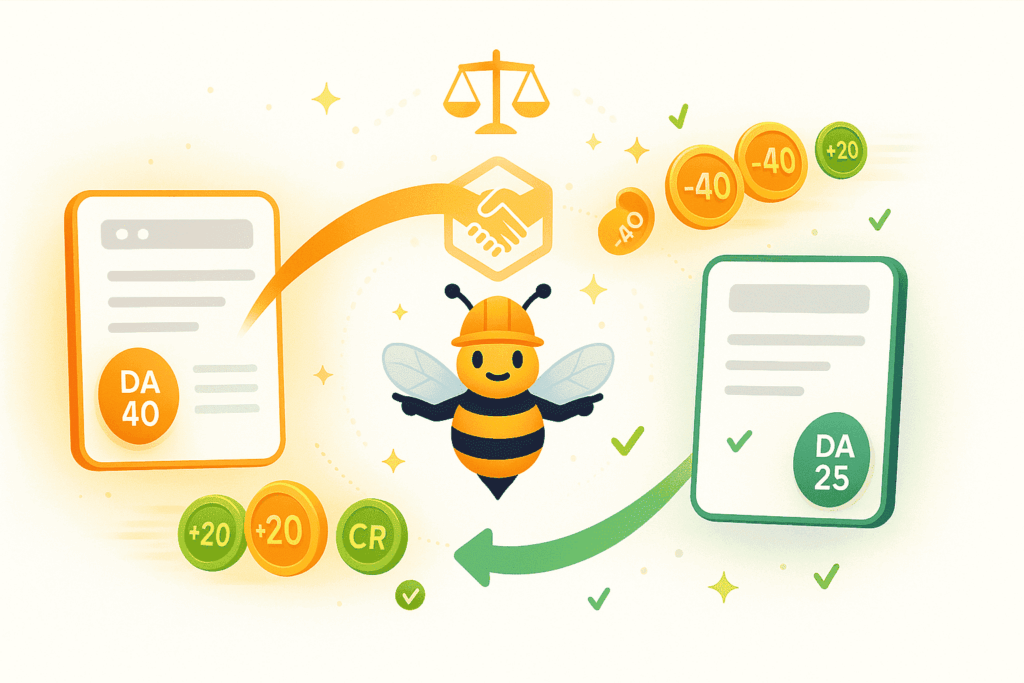Internal Audit Checklist
Internal audits reveal control weaknesses before external auditors find them. Most companies lack structured approaches – auditing randomly, missing key controls, or failing to track corrective actions. This checklist covers financial controls, operational processes, IT security, and regulatory compliance. Plan 12-20 audits annually across departments, test 25+ control points per area, and document findings with root cause analysis. Reduce external audit fees by 30% with clean internal results. Track 200+ action items to closure with automated reminders. Used by audit directors managing teams of 3-8 auditors.
Audit Planning
□ Annual audit plan developed
□ Risk assessment completed
□ Audit universe defined
□ Resources allocated properly
□ Audit schedule published
□ Stakeholder input gathered
□ Regulatory requirements considered
□ Previous findings reviewed
□ Emerging risks identified
□ Budget approved
□ Tools and technology ready
□ Team assignments made
Audit Preparation
□ Audit objectives defined
□ Scope clearly determined
□ Criteria established
□ Background research completed
□ Prior audit reports reviewed
□ Process documentation gathered
□ Key contacts identified
□ Preliminary analytics performed
□ Risk areas prioritized
□ Audit program developed
□ Work papers organized
□ Timeline established
Fieldwork Execution
□ Opening meeting conducted
□ Interviews performed
□ Process walkthroughs completed
□ Testing procedures executed
□ Samples selected appropriately
□ Evidence collected properly
□ Observations documented
□ Issues identified clearly
□ Root causes analyzed
□ Recommendations developed
□ Work papers reviewed
□ Quality assurance performed
Control Assessment
□ Control environment evaluated
□ Risk assessment reviewed
□ Control activities tested
□ Information systems assessed
□ Communication evaluated
□ Monitoring activities reviewed
□ Control design assessed
□ Operating effectiveness tested
□ Compensating controls identified
□ Control gaps documented
□ Remediation needs identified
□ Management awareness confirmed
Compliance Testing
□ Regulatory requirements identified
□ Policy compliance tested
□ Procedure adherence verified
□ Legal compliance confirmed
□ Contract terms reviewed
□ Industry standards checked
□ Ethical guidelines followed
□ Code of conduct compliance
□ Authorization levels verified
□ Segregation of duties confirmed
□ Documentation requirements met
□ Reporting obligations fulfilled
Risk Evaluation
□ Inherent risks identified
□ Control risks assessed
□ Detection risks evaluated
□ Residual risks calculated
□ Risk appetite considered
□ Risk tolerance evaluated
□ Emerging risks identified
□ Risk mitigation reviewed
□ Risk monitoring assessed
□ Risk reporting evaluated
□ Risk culture observed
□ Risk governance reviewed
Finding Development
□ Issues clearly described
□ Criteria referenced properly
□ Condition documented fully
□ Cause identified accurately
□ Effect/impact quantified
□ Risk rating assigned
□ Recommendations practical
□ Management action plans obtained
□ Implementation dates agreed
□ Responsible parties identified
□ Follow-up procedures defined
□ Escalation process clear
Report Writing
□ Executive summary prepared
□ Objectives stated clearly
□ Scope defined properly
□ Methodology described
□ Findings prioritized appropriately
□ Recommendations actionable
□ Management responses included
□ Appendices organized
□ Distribution list confirmed
□ Report reviewed thoroughly
□ Quality review completed
□ Final report issued
Communication
□ Stakeholders identified
□ Communication plan developed
□ Progress updates provided
□ Issues escalated timely
□ Draft report discussed
□ Management responses obtained
□ Disagreements resolved
□ Final meeting held
□ Report distributed properly
□ Presentation prepared
□ Board reporting completed
□ Lessons learned shared
Follow-Up Process
□ Action plans tracked
□ Implementation monitored
□ Progress reports received
□ Evidence of completion gathered
□ Effectiveness evaluated
□ Residual risk assessed
□ Re-testing performed
□ Status reports prepared
□ Escalation procedures followed
□ Management updated regularly
□ Closure criteria met
□ Final status documented
Quality Assurance
□ Audit standards followed
□ Independence maintained
□ Objectivity demonstrated
□ Professional skepticism applied
□ Documentation standards met
□ Supervision adequate
□ Review process effective
□ Quality metrics tracked
□ Customer satisfaction measured
□ Continuous improvement pursued
□ Best practices adopted
□ Benchmarking performed
Professional Development
□ Training needs assessed
□ CPE requirements met
□ Skills gaps identified
□ Development plans created
□ Certifications maintained
□ Industry knowledge current
□ Technology skills updated
□ Soft skills developed
□ Knowledge sharing practiced
□ Mentoring provided
□ Performance feedback given
□ Career development supported
How the Internal Audit Checklist works
Select audit scope (financial, operational, IT, compliance), department, and risk level. AI builds customized audit programs with 50-100 test procedures based on industry frameworks (COSO, COBIT, ISO). Schedule fieldwork, assign staff, and track evidence collection. Generate draft reports with findings rated by severity. Monitor management responses and verify corrective actions within 30-90 days.
Weak internal audits cost companies millions in undetected fraud and inefficiencies. External auditors charge 40% more when internal controls are inadequate. This checklist reduces audit preparation time from 3 weeks to 5 days. Identify process improvements saving $50,000-$500,000 annually. Demonstrate governance to boards and reduce regulatory scrutiny by maintaining strong control environments.
Every Business Needs Backlinks, Including Yours.
Meet the smartest link building tool ever made
BlazeHive matches your pages with relevant sites, finds the exact
paragraph to place your link, and verifies placement
automatically. Build backlinks while earning credits for linking
to others.
Your first step was Internal Audit Checklist; your next step is easier SEO with BlazeHive.
AI-Powered Niche Matching
Get matched with relevant sites automatically Our AI analyzes your content and finds websites in your exact niche that actually want to exchange backlinks. No random link farms, no irrelevant sites, just quality matches with 97%+ topical relevance so every backlink builds real authority.

Automated 24/7 Link Building
Your backlink profile grows while you sleep BlazeHive runs continuously, matching you with new relevant sites as they join the network. More matches mean more backlinks, higher rankings, and growing organic traffic, all without manual outreach, follow-ups, or agencies charging $5K/month.

First Backlink in Under 7 Days
Stop waiting months for outreach results Most users get their first quality backlink within a week of joining. No cold emails with 2% response rates, no waiting 3-6 months for agency deliverables. Just AI matches delivered daily so you can start building authority immediately.

Credit-Based Fair Exchange
Earn credits by giving, spend credits to receive Give backlinks to relevant sites and earn credits based on your domain authority. Use those credits to get backlinks from sites you need. Fair value exchange means no one gets exploited higher DA sites cost more credits, new sites get incentive pricing.

